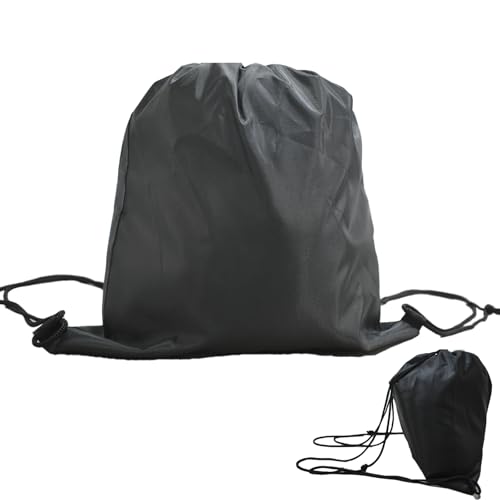SacramentoMike
Not Safe For Work
Nothing on that California link seems to offer any guidance. The local jurisdiction is supposed to install detectors that can sense motorcycles, but the website (and California law, apparently) don't say what a rider can do if they don't detect them? Plus the law cited only requires the upgrade "Upon the first placement of a traffic-actuated signal or replacement of the loop detector of a traffic-actuated signal," which means old ones that do not detect an m/c can stay until whenever they happen to be replaced, before the upgrade is mandated. Oh, and California and all the cities and counties therein (like everywhere else, I guess) are in budget meltdowns. Guess I won't hold my breath on this. Best policy probably is to wait, and then look CAREFULLY for oncoming traffic. And hidden LEOs. :lol:
Since a ride a KLR now, I get the problem more than I did on my big old FJR. Just another reason to miss it.
By the way, it strikes me that a "push button to cross" that would trigger a green arrow mounted within reach of a motorcyclist or bicyclist would be simpler and cheaper to install than digging up the whole roadway to put in an upgraded pressure-sensitive loop.
Since a ride a KLR now, I get the problem more than I did on my big old FJR. Just another reason to miss it.
By the way, it strikes me that a "push button to cross" that would trigger a green arrow mounted within reach of a motorcyclist or bicyclist would be simpler and cheaper to install than digging up the whole roadway to put in an upgraded pressure-sensitive loop.
































































